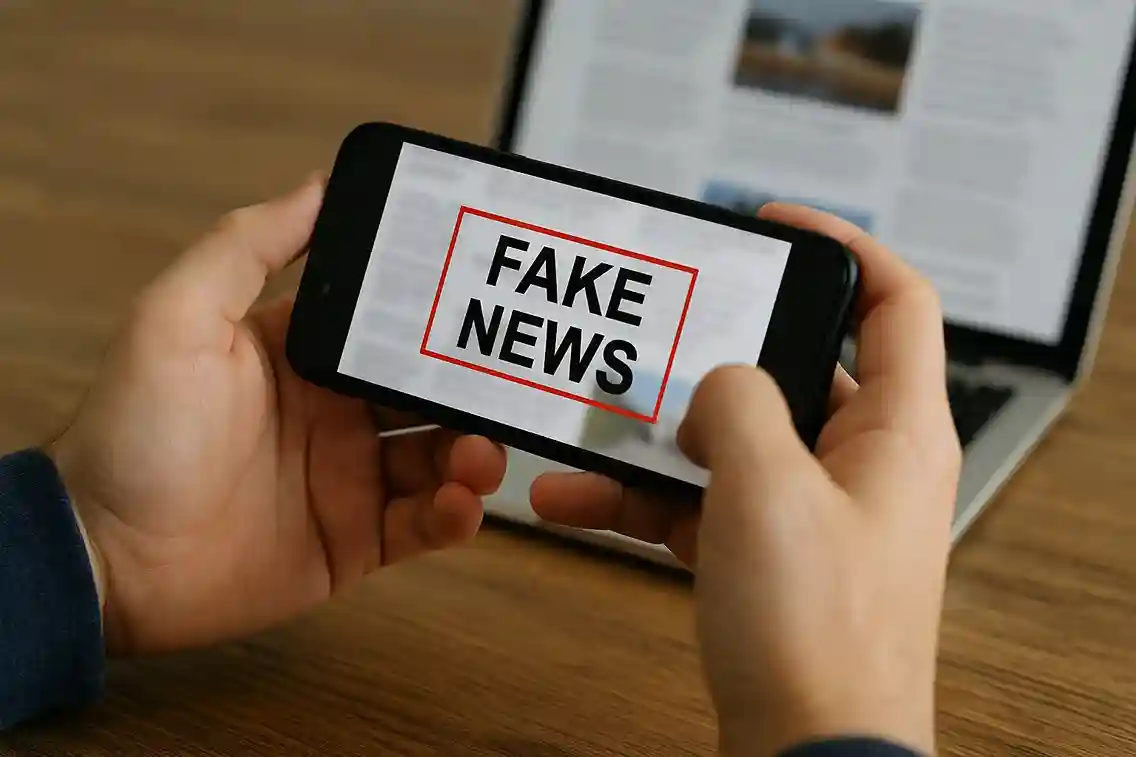The 30-Second Fact-Check: Your Quick Guide to Spotting Fake News

The 30-Second Fact-Check: Your Quick Guide to Spotting Fake News
In the age of social media, news travels at the speed of a click. While this allows us to stay informed, it also means that misinformation and disinformation can spread just as quickly. The good news is that you don't need to be a professional journalist to fight back. By following a simple 30-second checklist, you can become a smart media consumer and stop the spread of fake news.
Here is a quick, five-point guide you can use to fact-check any article or post.
The 30-Second Fact-Check
- Check the Source. Take a quick look at the website's URL. Does it look legitimate, or does it have a strange or unfamiliar domain name (e.g.,
.coor.netinstead of.comor.org)? Is the name a slight misspelling of a reputable news outlet? A reputable source will have an "About Us" section with a clear mission statement and contact information. - Read Beyond the Headline. Fake news headlines are often sensational and designed to provoke a strong emotional reaction. Before you react or share, click on the article and read the first few paragraphs. Does the body of the article support the shocking claim made in the headline?
- Look for the Author. Who wrote the article? Is a credible author with a proper bio listed? A lack of a named author or a generic byline like "Staff Reporter" can be a red flag, especially for a controversial topic. Do a quick search on the author to see their credentials.
- Examine the Evidence. Does the article cite any sources to back up its claims? Does it link to official studies, reports, or reputable news outlets? Fake news often relies on vague phrases like "experts say" or "reports suggest" without providing any verifiable evidence.
- Reverse Image Search. Many fake news stories use images or videos taken out of context. A photo from a protest in one country might be used to describe an unrelated event in another. A simple reverse image search on Google or another search engine can quickly reveal the original source of the image.
By taking just a few moments to perform these checks, you can do your part to slow the spread of misinformation and promote a healthier information ecosystem for everyone.


